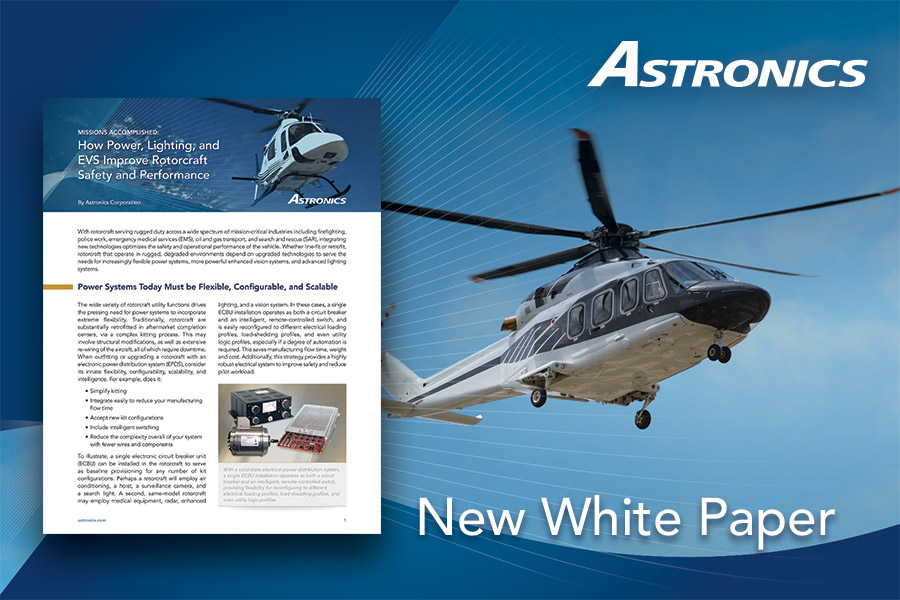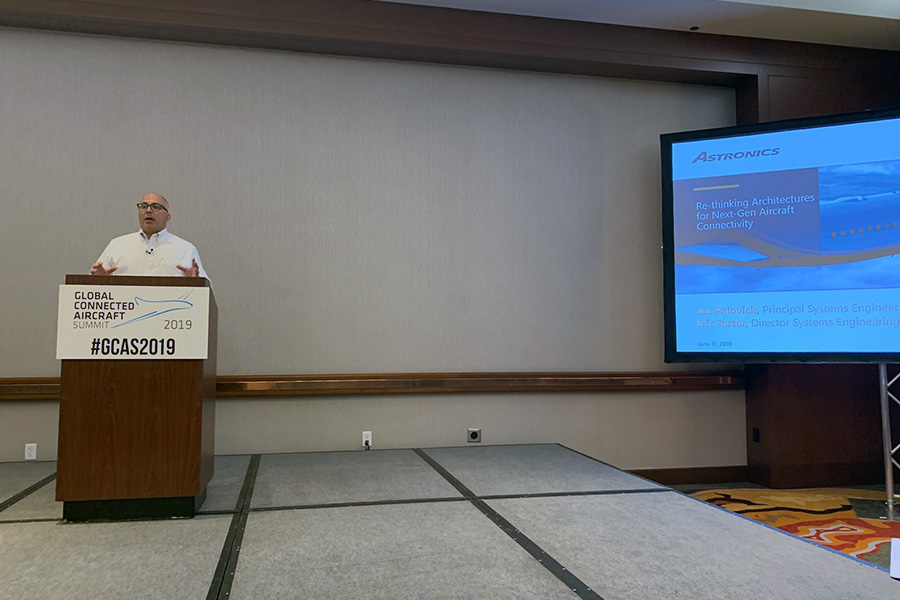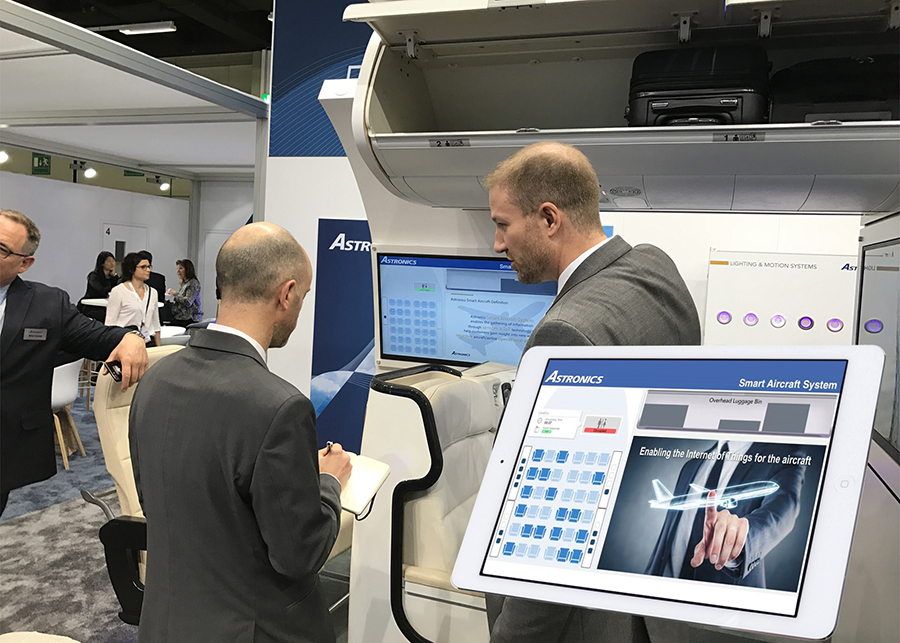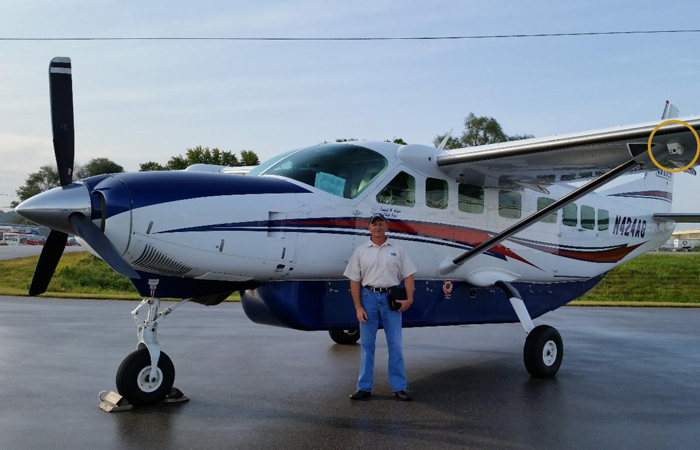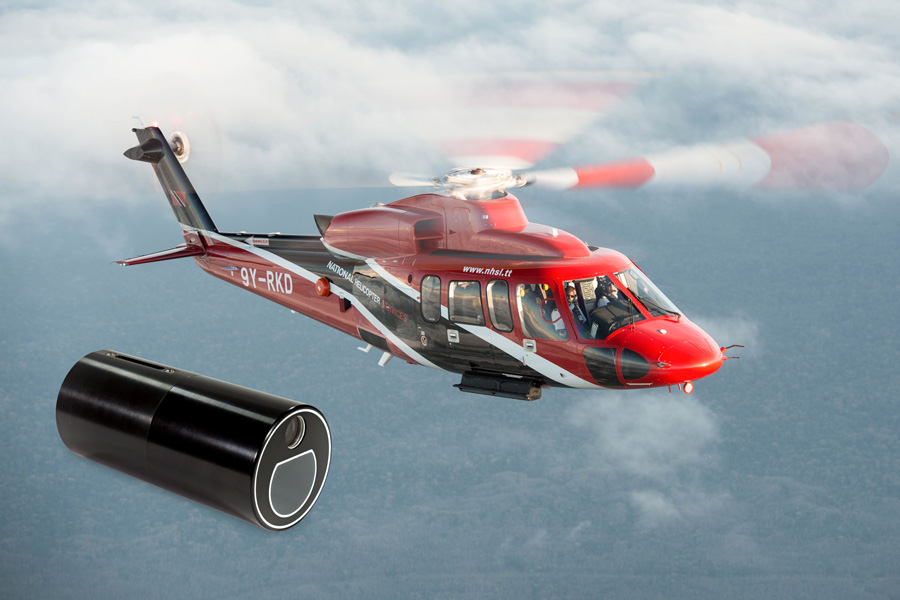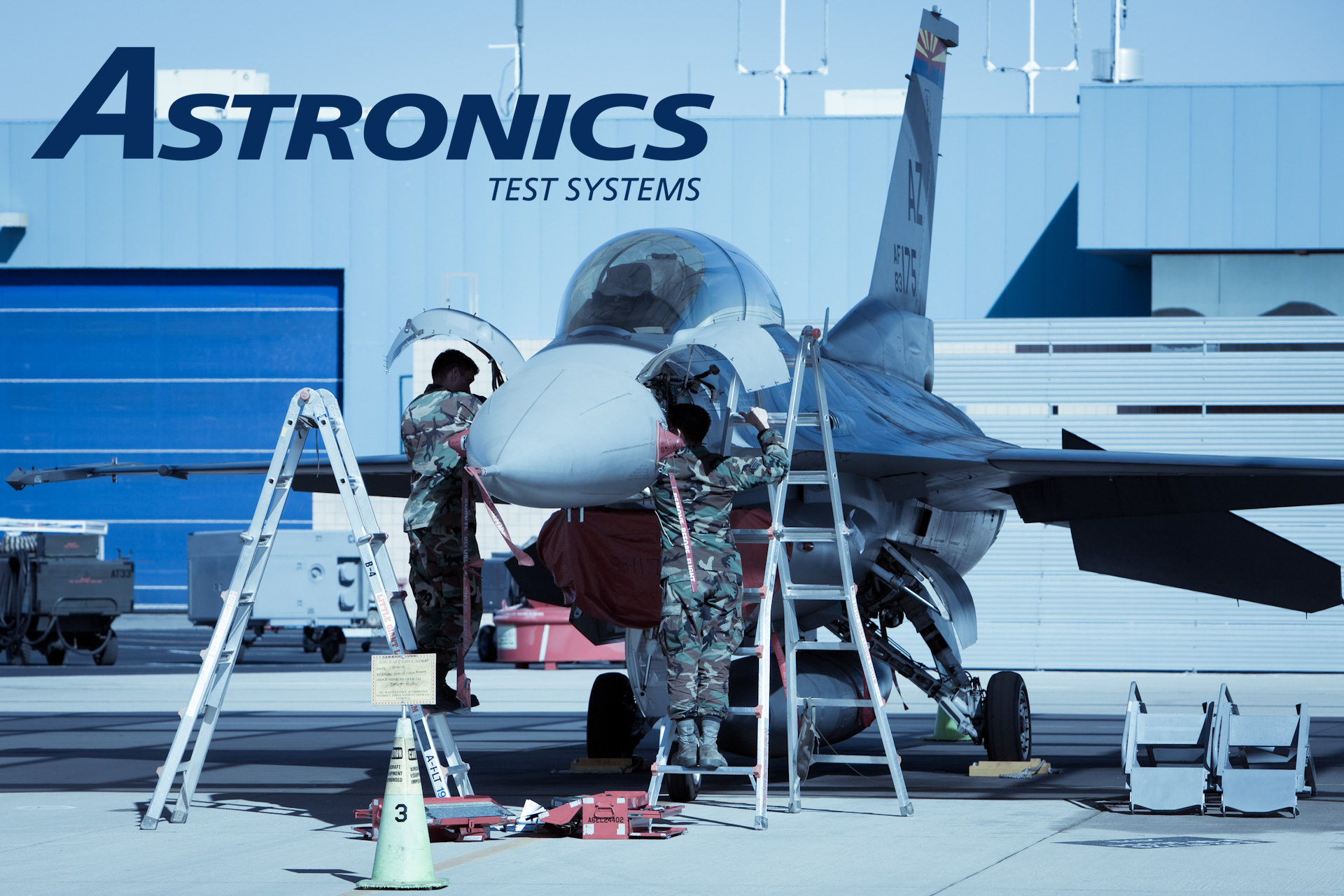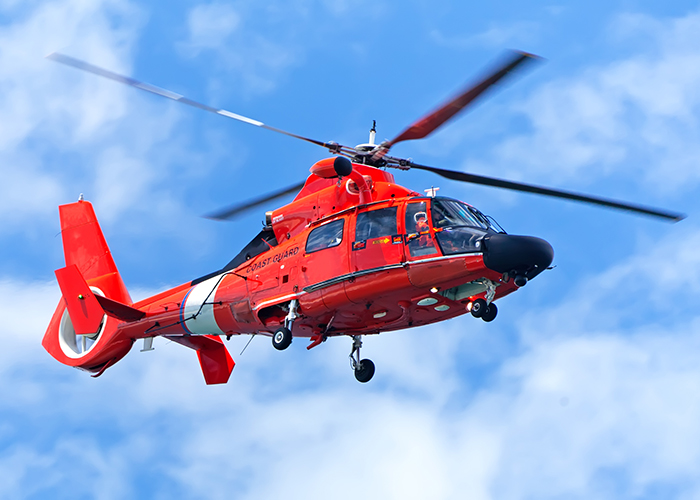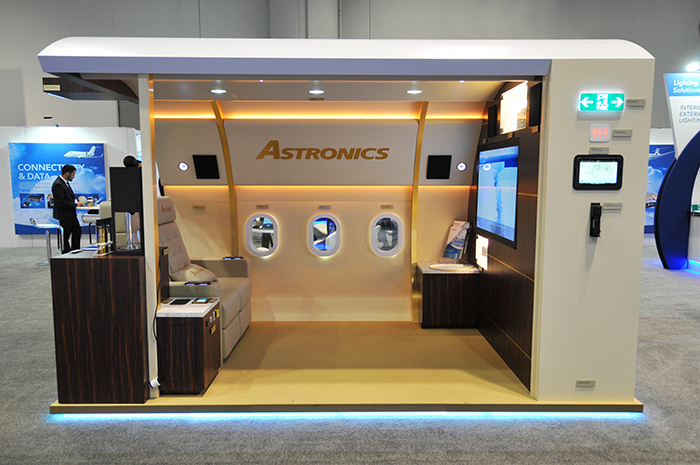The wide variety of rotorcraft utility functions drives the pressing need for power systems to incorporate extreme flexibility. Traditionally, rotorcraft are substantially retrofitted in aftermarket completion centers, via a complex kitting process. This may involve structural modifications, as well as extensive re-wiring of the aircraft, all of which require downtime.
When outfitting or upgrading a rotorcraft with an electronic power distribution system (EPDS), consider its innate flexibility, configurability, scalability, and intelligence. For example, does it:
- Simplify kitting
- Integrate easily to reduce your manufacturing flow time
- Accept new kit configurations
- Include intelligent switching
- Reduce the overall complexity of your system with fewer wires and components
To illustrate, a single electronic circuit breaker unit (ECBU) can be installed in the rotorcraft to serve as baseline provisioning for any number of kit configurations. Perhaps a rotorcraft will employ air conditioning, a hoist, a surveillance camera, and a search light. A second, same-model rotorcraft may employ medical equipment, radar, enhanced lighting, and a vision system. In these cases, a single ECBU installation operates as both a circuit breaker and an intelligent, remote-controlled switch, and is easily reconfigured to different electrical loading profiles, load-shedding profiles, and even utility logic profiles, especially if a degree of automation is required. This saves manufacturing flow time, weight and cost. Additionally, this strategy provides a highly robust electrical system to improve safety and reduce pilot workload.
One of the other most pressing needs for helicopters is safety improvement. The capability of a solid-state networked power distribution system, where all aircraft electrical subsystems can be discretely controlled and monitored, provides a tremendous benefit to enable total vehicle health management. A noteworthy example is emergency landing assist. In general, a pilot has only three seconds to initiate an autorotation procedure in case of engine failure. An EPDS system can quickly reconfigure the aircraft, implementing the automatic load shedding of key loads (e.g. fuel shutoff) as well as re-routing of electrical power for various safe-landing support functions, based on its intelligent switching capabilities.
Today’s rotorcraft are evolving to incorporate increasingly electric configurations, particularly with the trends toward electric vertical take-off and landing aircraft (eVTOLs). We are in the midst of a revolution, where multi-rotor aircraft (e.g. drones) will become larger and more automated, serving all utility functions as noted above. These aircraft will require unprecedented levels of remote control, system awareness, and power efficiencies, given that they are predominantly electric. To assist, Astronics Advanced Electronic Systems (AES) offers a full suite of EPDS solutions including solid-state power distribution and conversion systems, motor controllers, and brushless power generation systems.
Continue reading our complete white paper on this topic, “How Power, Lighting, and EVS Improve Rotorcraft Safety and Performance.”